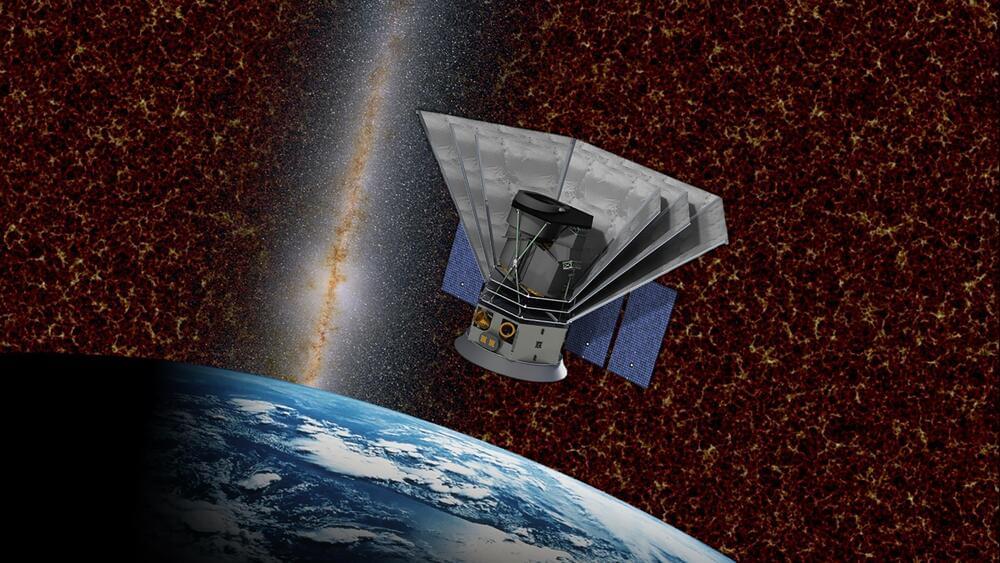The cosmic optical background (COB) is the visible light emitted by all sources outside of the Milky Way. This faint glow of light, which can only be observed using very precise and sophisticated telescopes, could help astrophysics to learn more about the origins of the universe and what lies beyond our galaxy.
Last year, physicists working at different institutes across the United States published the most precise COB measurements collected so far, gathered by the New Horizons spacecraft, an interplanetary space probe launched by NASA over a decade ago. These measurements suggested that the COB is two times brighter than theoretical predictions.
Researchers at Johns Hopkins University have recently carried out a theoretical study exploring the possibility that this observed excess light could be caused by the decay of a hypothesized type of dark matter particles, known as axions. In their paper, published in Physical Review Letters, they showed that axions with masses between 8 and 20 eV could potentially account for the excess COB flux measured by the New Horizons team.
